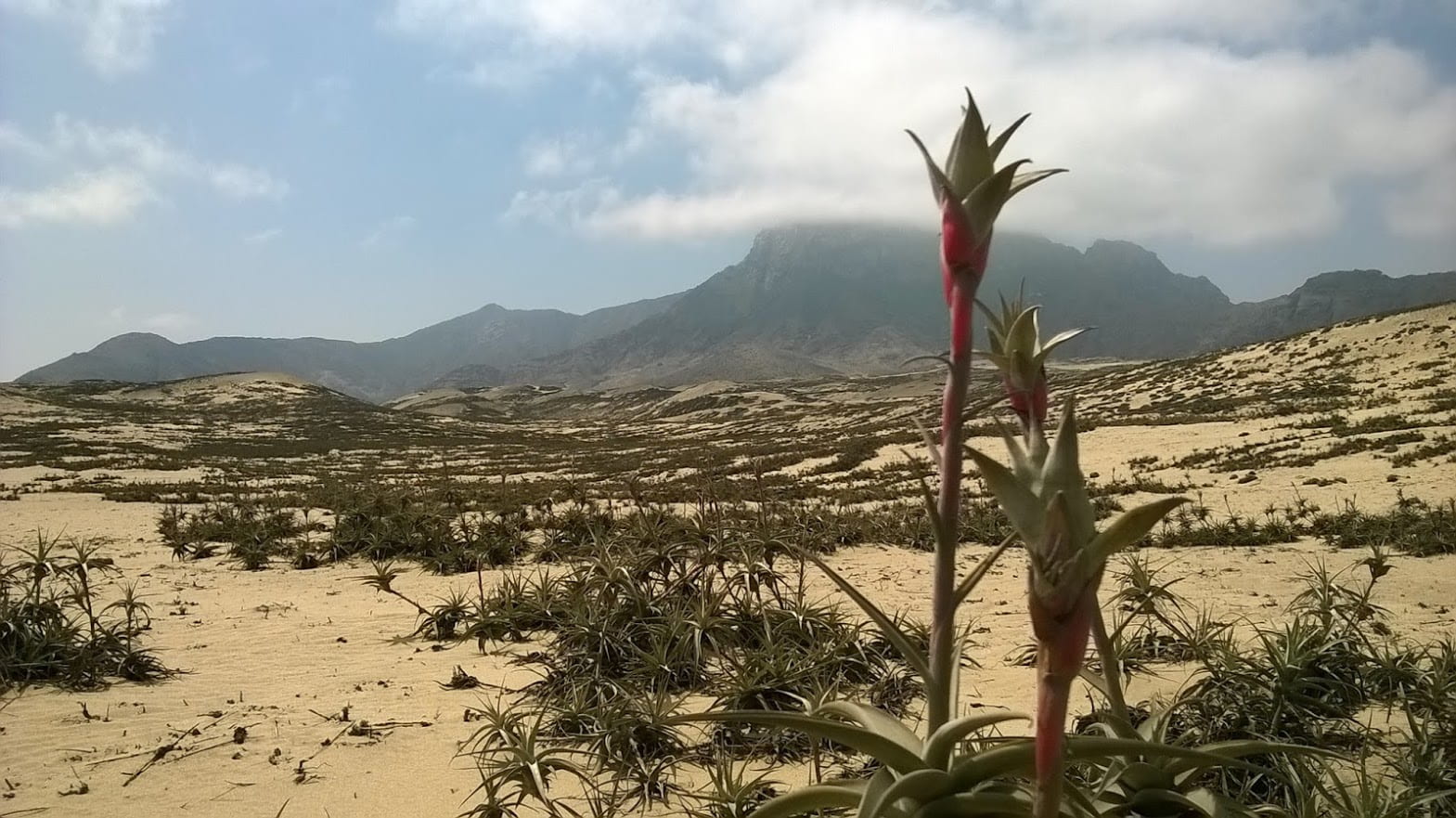Welcome
The Environmental Archaeology Lab at the University of Arkansas focuses on reconstructing physical and anthropogenic dynamics that conditioned human – environmental cultural developments during the Holocene. This lab is dedicated to facilitating integrative, cross-disciplinary research to better understand how past societies responded to physical climate variability, and also how the ecological strategies archaeological societies employed created lasting anthropogenic change.
Our lab uses approaches from paleoclimatology, paleoecology, and geospatial modeling to understand coupled socio-environmental change. The facility is equipped to receive and analyze sediment cores for climate proxies. Geographic Information Science and Remote Sensing (GIS-RS) lie at the core of a geospatial program that is used to integrate paleoclimatic, paleoecological and archaeological information within a spatial framework.
The Environmental Archaeology Lab actively works to establish collaborations between archaeologists and environmental scientists, in order to reconstruct past human-environmental interactions. Researchers in the lab work closely with the Stable Isotope Lab at the University of Arkansas, as well as with palaeoclimatologists at the University of Louisiana-Lafayette, University of Pittsburgh, and University of Alabama.
Our main area of research is in the Peruvian Andes and other regions of Latin American. Lab members also have extensive research experience in the Mediterranean, Near East, and East and South-East Asia. We welcome opportunities to collaborate. Please see the information on the Contact page if you are interested.
